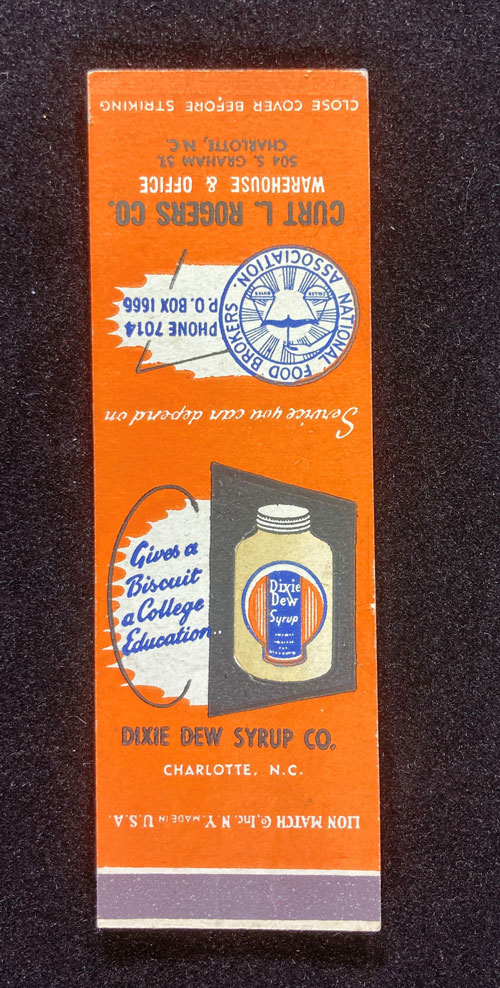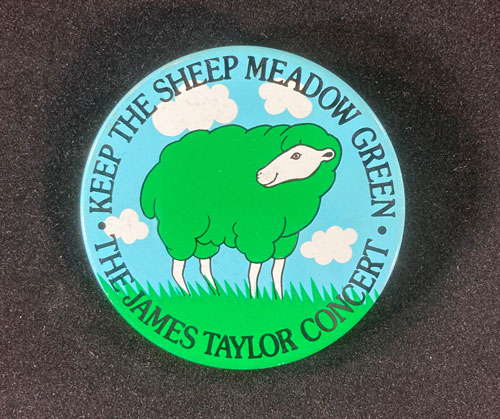James Brown’s funk-fomenting recording session at Arthur Smith Studios in Charlotte has been painstakingly analyzed, but what about another musical innovation, one that upgraded jukeboxes across the land?
Yes, I’m talking about the printed title strip. Until 1949 jukebox titles were individually typewritten. “The average typist can only type 250 to 300 title strips per hour,” the president of Star Title Strip Co. told the trade paper Cash Box. “The [jukebox] operator can now buy, under our new plan, 300 neatly printed title strips for only 30 cents. Surely, anyone’s time in this day and age is worth a lot more than 30 cents per hour.”
Star Title Strip remained in business at least into the 1980s, but today’s surviving “juke ops” (in Cash Box speak) can easily generate title strips on the internet.




